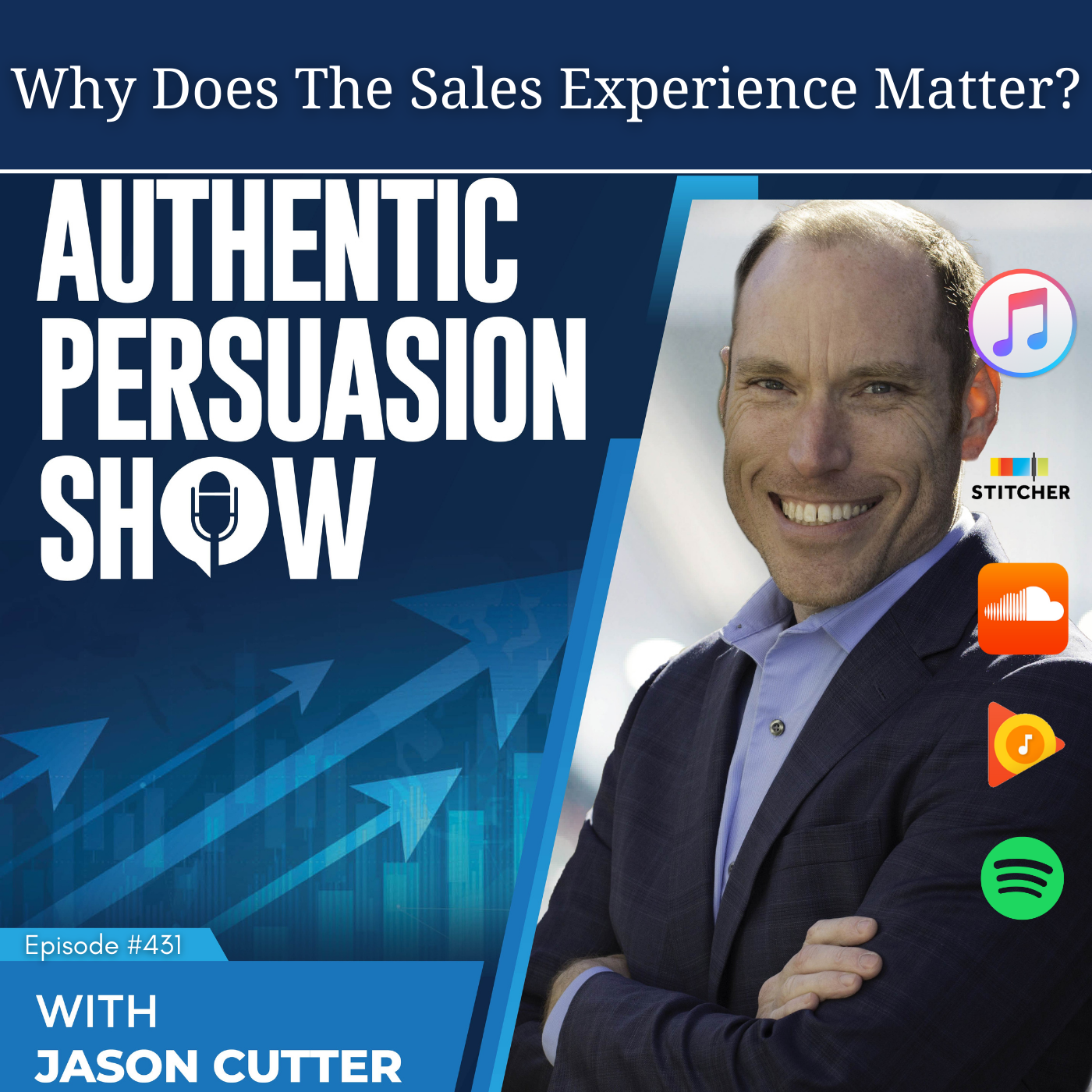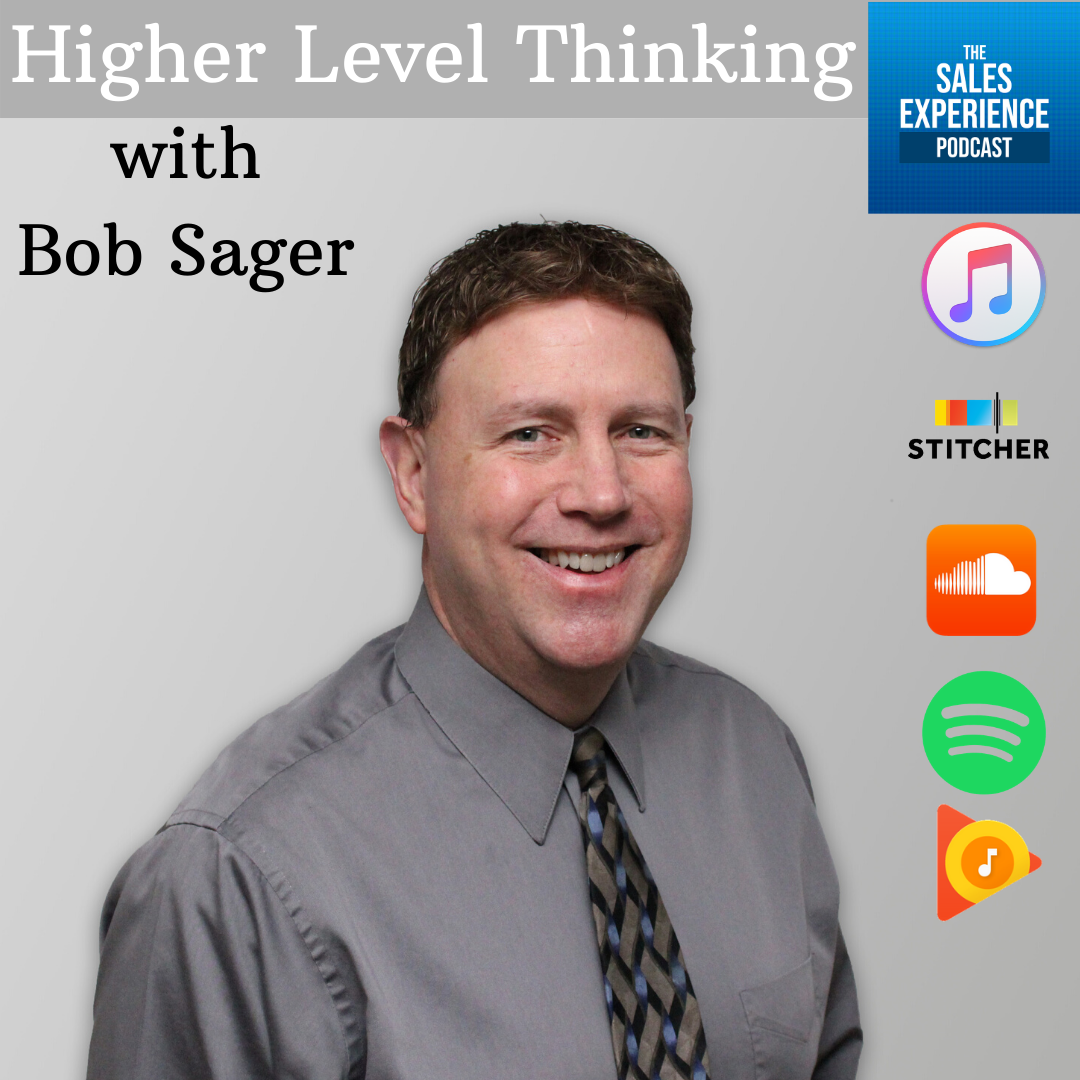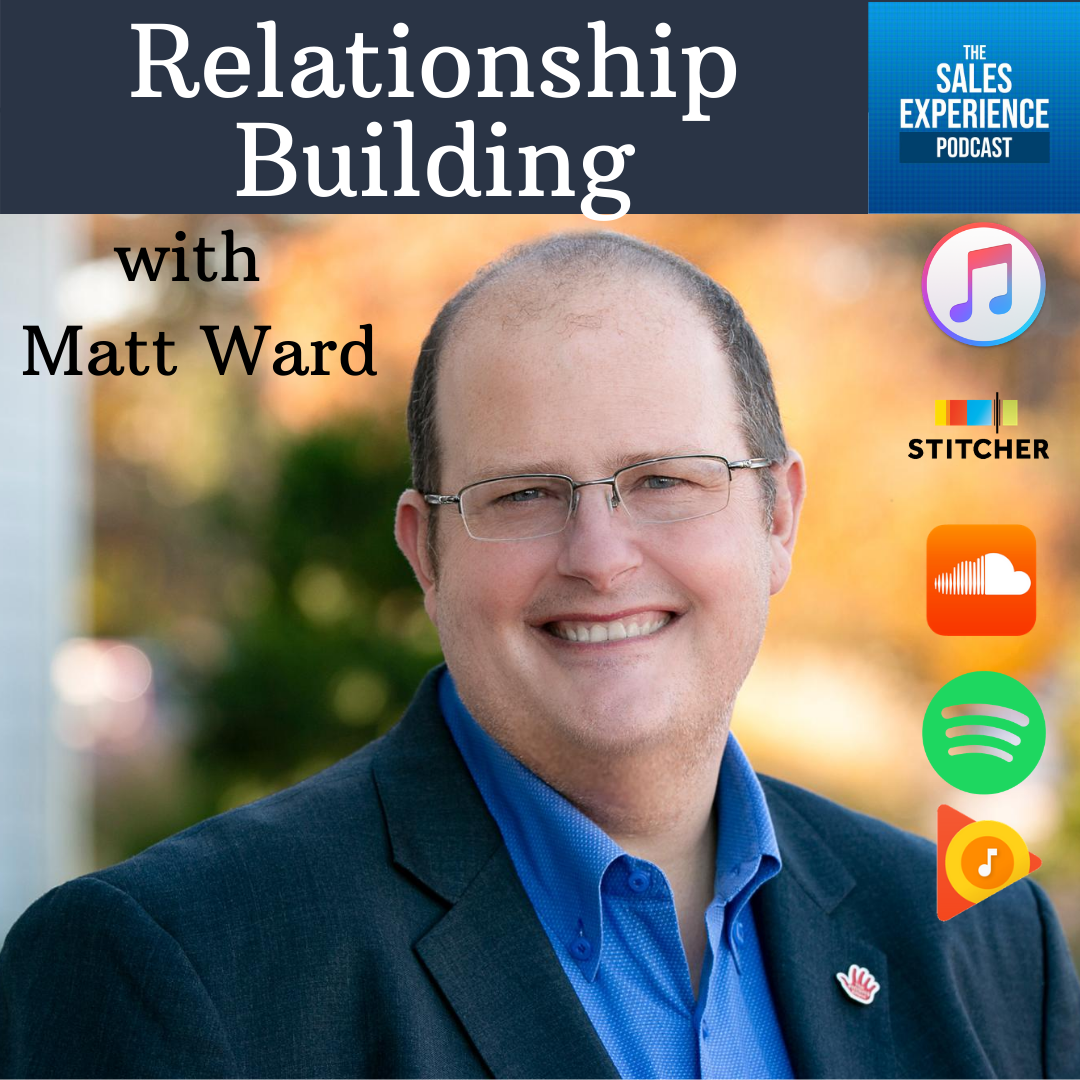Episode Transcript
[00:00:00] Speaker A: Welcome to the authentic Persuasion show. On this episode I want to replay part of a previous show. Maybe you heard the original full length episode and this could be a great refresher and reminder. Or maybe this is your first time hearing this content and the timing could be just right to help you leverage authentic persuasion today in your role, no matter what. Here's to your success.
This is the authentic persuasion show.
[00:00:26] Speaker B: Here's the key, is that for the authentic persuasion pathway, one of the biggest.
[00:00:32] Speaker C: Things to understand and if you want.
[00:00:33] Speaker B: A copy of this, if you want.
[00:00:34] Speaker C: To see the visualization of this, the model that I have drawn out and.
[00:00:38] Speaker B: Put together so you can see this.
[00:00:40] Speaker C: Email me jasonuttterconsultinggroup.com and I'm happy to send that to you so you can see it.
[00:00:45] Speaker B: And then you can apply these steps, these five steps to how you're selling now and again, it's not about changing how you're selling. It's not about having you do something completely, completely different.
[00:00:56] Speaker C: It's about enhancing what you're doing, giving.
[00:00:59] Speaker B: It a framework and a process, which is what most salespeople don't have. Now, that being said, if what you're doing isn't working and it's not effective, and you're, if you're leading a sales team and that's not effective, then please.
[00:01:12] Speaker A: Throw out everything that you're doing and.
[00:01:14] Speaker C: Take this and use this as the.
[00:01:16] Speaker A: Framework for you, which I've done many.
[00:01:19] Speaker B: Times for sales organizations where they have nothing or it's not working, we use this and then we build this upon.
[00:01:25] Speaker C: This as the foundation.
[00:01:26] Speaker B: So remember, the authentic persuasion pathway, the.
[00:01:30] Speaker C: Goal of that and the visualization. Think about your potential customer is in.
[00:01:34] Speaker B: The middle of this circle, and the circle is their comfort zone. That's where they are.
They fear change. They want to stay safe in their comfort zone.
[00:01:48] Speaker C: Everything outside of their comfort zone is dangerous.
[00:01:50] Speaker B: And now how can I say that if I'm making a blanket statement about.
[00:01:55] Speaker C: Your customers, about your prospects, about people who are engaging with you but haven't decided to buy? Because if they were okay with change and they knew what they wanted and.
[00:02:05] Speaker B: They knew that it was going to.
[00:02:06] Speaker C: Be safe enough on the outside of their comfort zone, right? Buying from you is something different that they haven't done before. Otherwise it would just be a repeat buy.
[00:02:16] Speaker B: If they haven't made that decision yet, then they're still stuck in their comfort zone.
[00:02:20] Speaker C: There's still some amount of them that is afraid.
[00:02:23] Speaker B: And go back to the previous sessions. I don't want to recap it too much right now, but just know that it's a deep seated psychological, uh, survival part of our brain that's there from just doing what we've done for so long and sticking to what we know.
[00:02:42] Speaker C: That has made us successful as a species on this planet.
[00:02:45] Speaker B: That plus working together as a tribe, which, again, I've talked about in other sessions.
[00:02:49] Speaker A: It's super important for you to understand.
[00:02:51] Speaker B: How that piece fits into your dynamics as a salesperson and your own struggles and what gets into your head as well as what your prospects are really afraid of, what they're worried about and.
[00:03:02] Speaker C: Why they aren't moving forward or what, why they bring up certain things that they bring up, which I'm going to.
[00:03:08] Speaker B: Talk about objections here in the next few weeks. And that's usually where most people in sales struggle, which is when you get.
[00:03:15] Speaker C: An objection, how do you overcome that?
[00:03:17] Speaker B: Or how do you avoid them in the first place? For now, keep in mind and visualize the fact that your potential customer, if.
[00:03:23] Speaker C: They haven't bought from you yet, they.
[00:03:25] Speaker B: Didn'T come to you with money in hand, credit card in hand, authorization to pay, an invoice in hand, asking you to let them buy from you.
[00:03:36] Speaker C: They're in their comfort zone, they're stuck.
[00:03:38] Speaker B: They'Re afraid, and they need your help.
[00:03:41] Speaker C: That's what the authentic persuasion pathway is. So remember to bring you up to speed in case this is the first.
[00:03:46] Speaker B: Time or if you're just, you know.
[00:03:49] Speaker C: Revisiting all of this and thinking about.
[00:03:51] Speaker B: All these steps together and how they're applying it, hopefully you've been using these.
[00:03:54] Speaker C: As we've been going along and enhancing.
[00:03:56] Speaker B: What you're doing each time.
[00:03:58] Speaker C: The five steps or the first four.
[00:04:00] Speaker B: That we've covered are rapport, which is.
[00:04:03] Speaker C: Pretty basic, pretty easy.
[00:04:04] Speaker B: Most people know that they have to build rapport. Most people just don't even think about it. They just do it because they want.
[00:04:10] Speaker C: To break the ice, they want to warm things up.
[00:04:12] Speaker B: They want to make the person into a little bit of a friendlier conversation.
[00:04:16] Speaker C: Person that they're dealing with.
[00:04:18] Speaker B: I don't want to say opponent, because when you feel like it's you versus.
[00:04:21] Speaker C: Them in sales, then you're just going to set up that framework and you're.
[00:04:25] Speaker B: Just going to keep perpetuating that mindset and stance that it's salesperson versus customer.
[00:04:34] Speaker C: It's customer versus salesperson. We don't want.
![[757] Transform Your Sales Approach](https://episodes.castos.com/salesexperiencepodcast/images/1755416/c1a-4d8w-924zvjqmh6or-kvaqu1.png)


